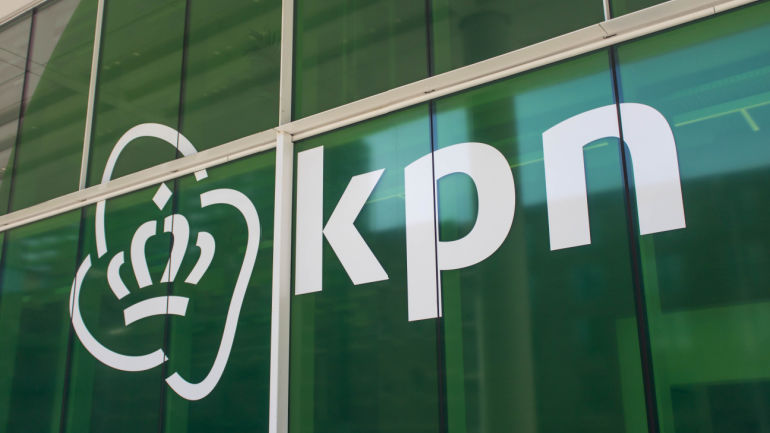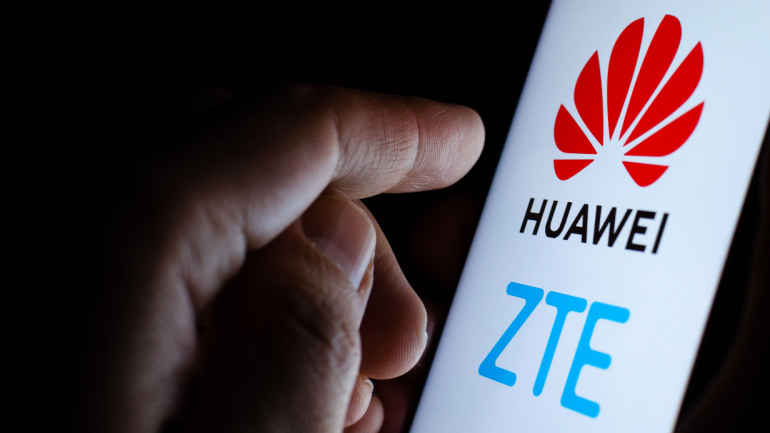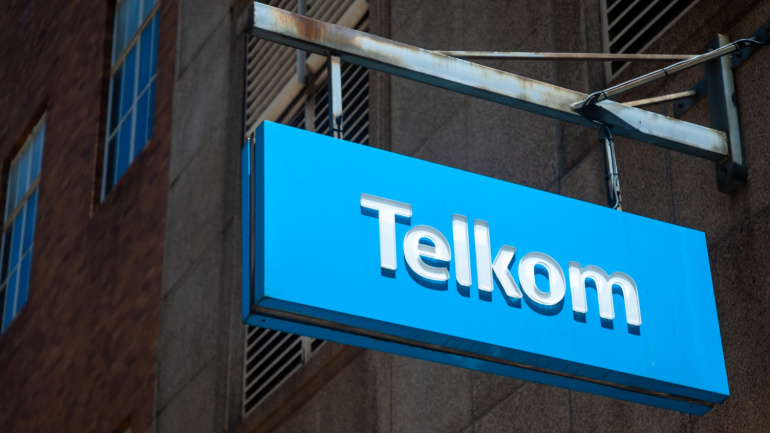KPN acquires Primevest Capital Partners’ fibre infrastructure, extending coverage to 127,000 homes in major Dutch cities, as it aims to cover 80% of the Netherlands by 2026 and enhance customer experience.
Navigating workplace communications is challenging for business owners. Choosing between PSTN and VoIP is complex. PSTN offers reliability and call quality, while VoIP provides flexibility and scalability. VoIP integrates with tools and supports remote work. PSTN is secure and compliant, but VoIP can be secured with measures. PSTN excels in emergency services, but VoIP is improving.
The EU’s messaging around “high-risk” vendors hints at a potential ban on Huawei and ZTE, urging members to accelerate their removal from 5G networks. As the EU Commission pushes for swift implementation, the debate on security risks and dependencies intensifies.
$714 million allocated to small telecom companies in the ReConnect program’s fourth round aims to deliver high-speed internet to rural areas with full fiber infrastructure. USDA Secretary Tom Vilsack highlights the importance of the Bipartisan Infrastructure Law and its contributions to bridging the digital divide in rural communities.
Vodafone and CK Hutchison announce plans to merge their UK operations, highlighting potential benefits such as a top-class 5G network and better customer value. However, regulatory approval may pose a challenge and delay the process.
As the EU deliberates banning “high-risk” companies from its 5G networks, Huawei receives €3.89 million in funding for research into 6G, AI, and cloud computing. With Germany’s position potentially sealing Huawei’s fate in Europe, the future remains uncertain.
Telkom South Africa faces a potential takeover as a consortium, including Axian Telecom and the Government Employees Pension Fund, expresses interest amid challenging times. The company’s financial struggles and infrastructure issues set the stage for possible mergers, collaborations, and a dynamic telecommunications landscape.
The FCC’s recent proposal for shared access of the 42 GHz band could revolutionize the telecom industry by introducing new service providers and business models. With mixed reactions, the proposed sharing mechanism aims to prevent interference and encourage competition, potentially attracting companies like Amazon to the mmWave spectrum.
Finnish provider DNA’s exceptional growth in the telecommunications market is rooted in their commitment to network performance and customer experience, leveraging 5G advancements and expanding coverage to ensure quality service for subscribers.
Discover how Digital Realty’s sponsorship of Submarine Networks EMEA showcases their dedication to the subsea community, facilitating discussions on vital industry challenges. Their carrier-neutral data centers and Cable Landing Stations play a crucial role in future telecommunications developments.













